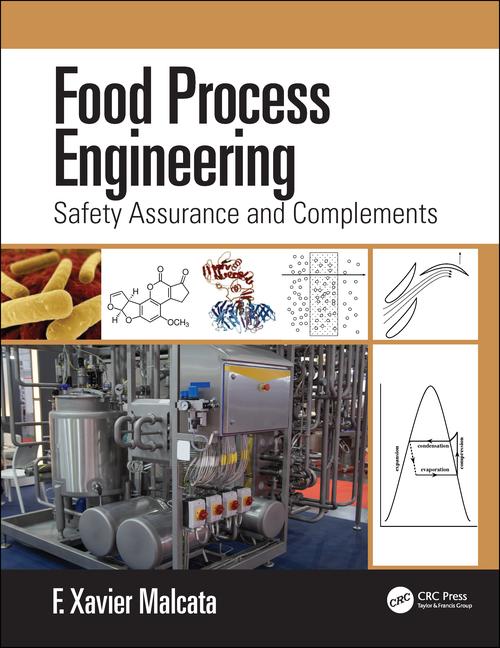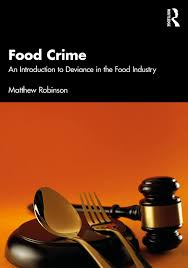Food Safety
Current testing is not advancing food safety

There’s a disturbing trend in many food safety programs today: pathogen testing of finished products. It’s being done in products considered shelf stable; products that are not only inhibitory but lethal to pathogens; and raw products, such as produce, that have a short shelf life. This kind of testing is not advancing food safety.
In the 1950s, Dr. Paul LaChance of NASA, Dr. Howard Bauman of Pillsbury and a group of Natick scientists realized traditional quality control methods, that is, finished product testing, would be inadequate to guarantee the safety of foods developed for the space program since manufacturers had to test so much product, little was left for actual use. The group realized safety had to be built into the process. This led to the development of the hazard analysis critical control point (HACCP) system.
Twenty-five years later, the National Academy of Sciences formed a blue ribbon panel of scientists from industry, academia and government to establish microbiological standards for foods. The panel concluded that “Testing of finished products was not an effective means of protecting the consumer and assuring the foods were free of microorganisms of public health significance.” In addition, the panel concluded that “HACCP provides a more specific and critical approach to the control of microbiological hazards than is achievable by traditional inspection and quality control.”
Today, HACCP is used around the world. It is mandatory for meat, poultry, seafood and juice industries in the US, and once the final regulations are prepared for FSMA, all US processors (with the exception of very small operators) must have a food safety management system that includes a hazard analysis and appropriate preventive controls. The program is also mandated in the European Union, Australia, New Zealand and many other nations.
The real driver for HACCP development and implementation has been basic economics. Food processors have stated they will only buy from vendors that have developed and implemented a food safety management system. As a result, safety has been pushed further down the supply chain.
In addition, the industry’s acceptance of the Global Food Safety Initiative’s approved schemes (SQF, BRC, IFS and FSSC 22000) have not only underscored the importance of food safety, but have resulted in implementation of approved plans throughout the world. But having a HACCP program is only a first step. For the program to be truly successful, it must be properly documented, validated, implemented and maintained, and management must take an active role in ensuring its maintenance.
Sampling program to find pathogens
|
|
| Contamination level | Samples |
| 5 percent | 60 |
| 1 percent | 300 |
| 0.1 percent | 3,000 |
Source: National Academy of Sciences (2010).
Why is the food industry reverting to policies deemed ineffective more than 50 years ago?
A number of issues driving this trend are not founded on good science. These include a demand for certificates of analysis; a belief that pathogen testing will effectively find pathogens; the potential for regulatory mandates; and the feeling that a negative test provides some sense of security.
Microbiological testing is not an effective means to verify a process is working or to detect any problems. But it can be an excellent tool when building quality and food safety systems. For instance, microbiological data can be used to create control charts to monitor the process systems.
However, the larger issue, which was addressed by the scientists from NASA, Natick and Pillsbury long ago, can be distilled down to one word: statistics. The sampling programs most industries employ are not adequate to detect even low levels of contamination, and when a pathogen is detected in a product such as fresh produce, it’s often the result of dumb luck more than good science. Plus, by the time a pathogen is detected and actions are taken, the produce is often at or near the end of its shelf life. Consequently, when a recall is initiated, the amount of product recovered is negligible.
In a recent article in Food Safety Magazine, J.G. Surak and I described the first two laws of food safety:
- If a lot tests positive for a pathogen, it must be classified as positive for the pathogen.
- If the lot tests negative for a pathogen, and a non-statistical sampling program was used to collect the sample, we really don’t know if the lot contains a pathogen.
The key to an acceptance sampling plan is the proper selection of the sample size, which depends on the proportion of units that are contaminated with the pathogen. Contamination is not uniform in food lots. In fact, the contamination level in food is typically very low, usually less than 1 percent.
Even though statistics and good science don’t support microbiological testing of finished products as a means for ensuring food safety, some industry members advocate such an approach. Part of this is undoubtedly due to consumer pressure. Consumers understand testing, but do not generally comprehend process control or statistical sampling.
Is more testing or mandatory testing the answer? The answer is yes … and no. Microbiological data is an excellent tool for building quality and safety programs, and it may be used to verify a HAACP plan is effective. But unless a statistical sampling program is established, it won’t ensure safe food. v
References
Sperber, W.H. and Stier, R.F. (2009 - 2010), “Happy 50th Birthday to HACCP: Retrospective and Perspective,” Food Safety Magazine, December 2009 - January 2010.
Stier, R.F. and Surak, J.G. (2011), “Process Control and the Food Safety Modernization Act,” Food Safety
Magazine, August/September 2011.
Ross-Nazzal, J. (2007), “From Farm to Fork: How Space Food Standards Impacted the Food Industry and Changed Food Safety Standards.” Societal Impact of Spaceflight, ed. S. J. Dick and R. D. Launius, 219-236. Washington, DC: NASA.
National Academy of Sciences (2010), An Evaluation of the Food Safety Requirements of the Federal Ground Beef Program. Washington, DC.
Looking for a reprint of this article?
From high-res PDFs to custom plaques, order your copy today!








